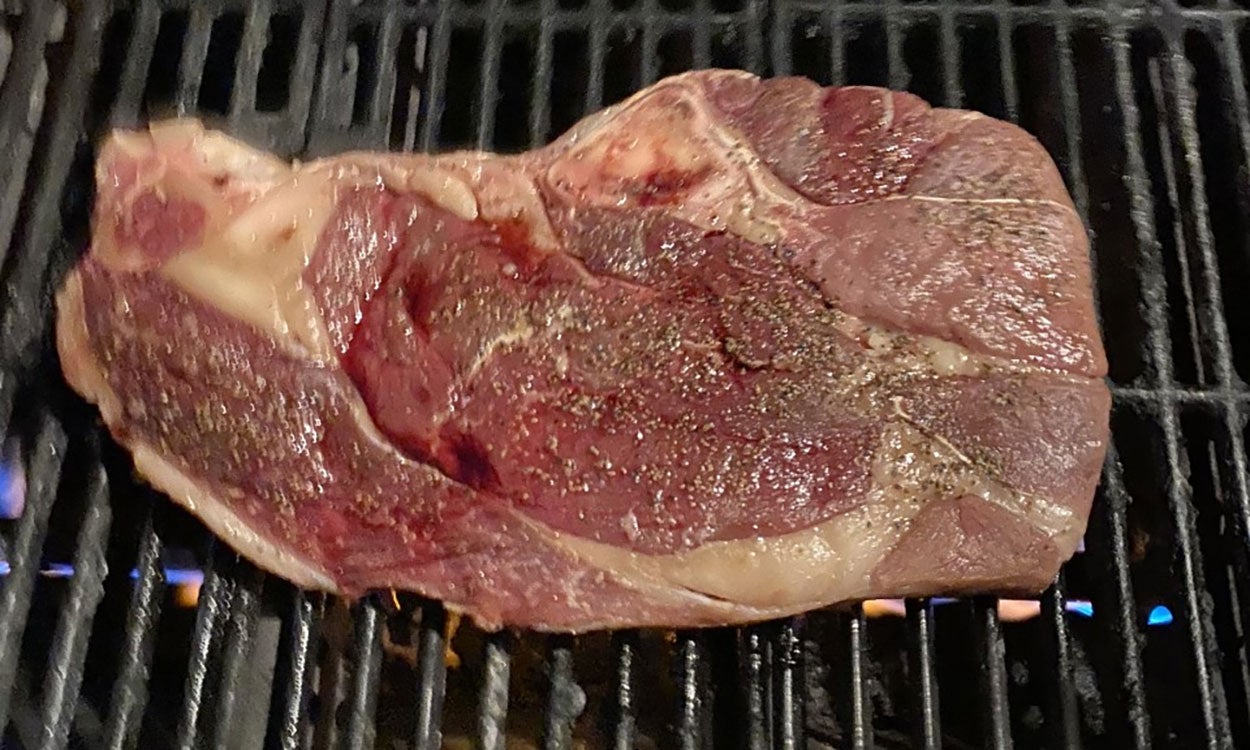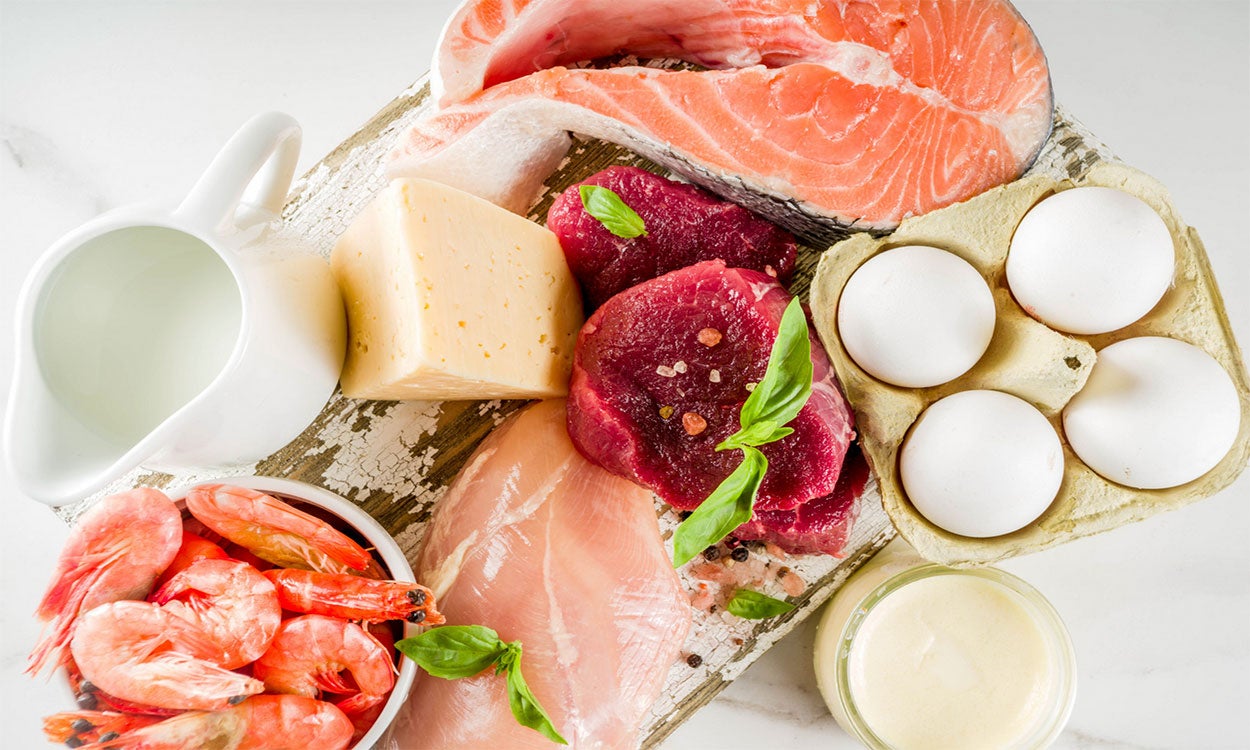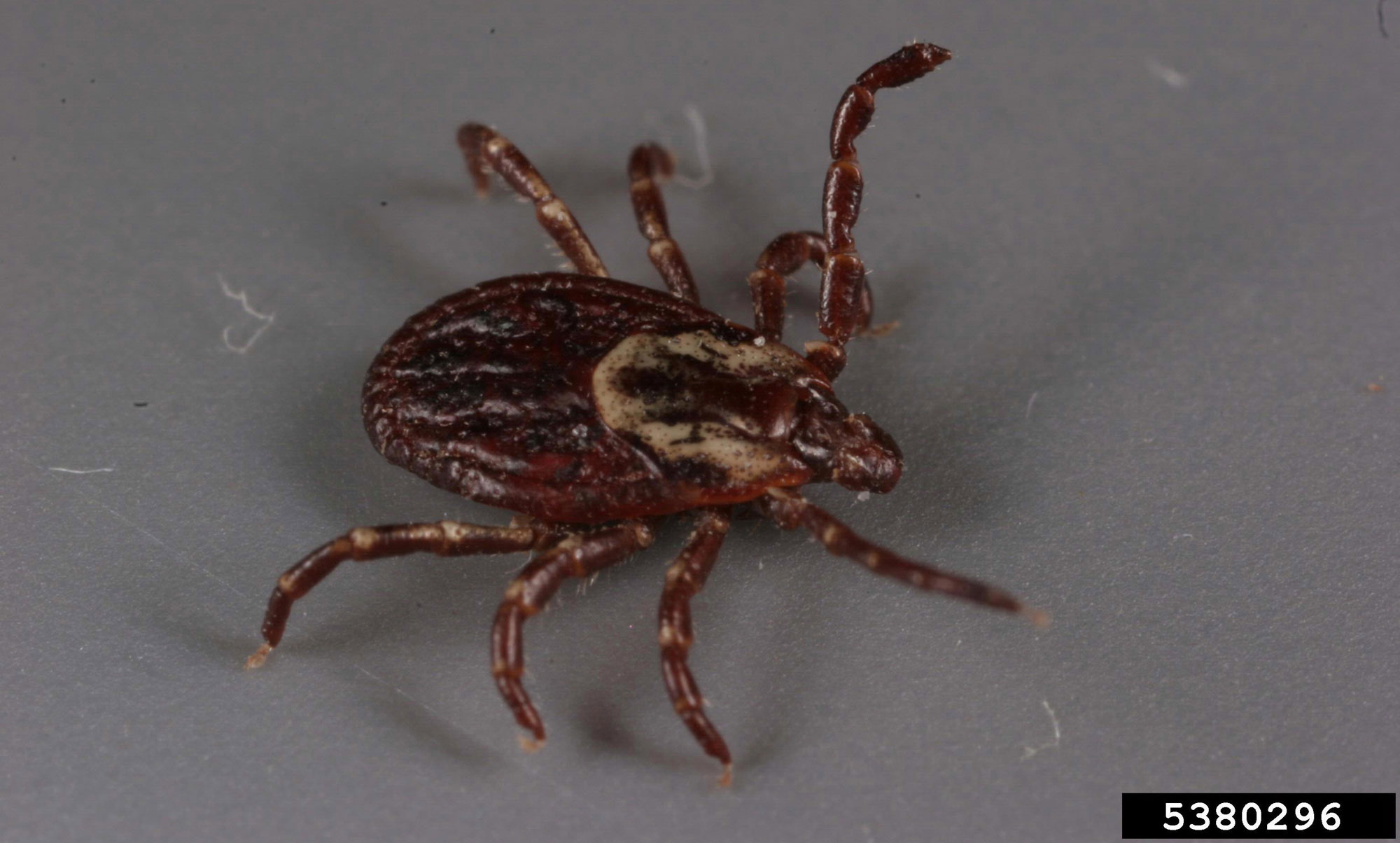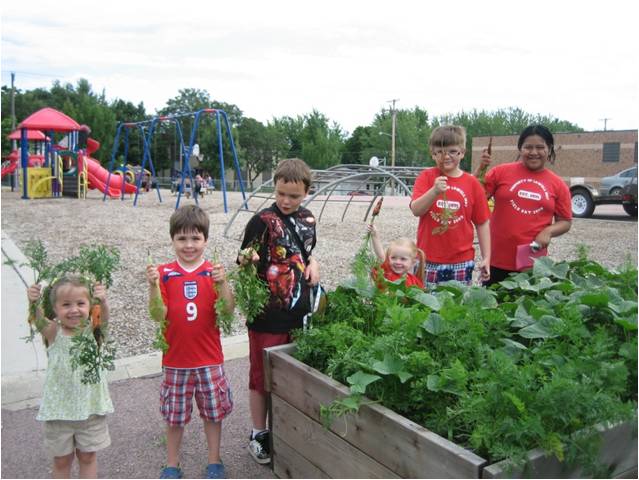Search

Production and Utilization of Field Peas in South Dakota
Guide to field pea production and utilization in South Dakota

Don't Go Bacon My Heart
How much do most consumers really know about bacon? Let’s explore some bacon basics to help you understand this delicious product.

Picking the Perfect Steak
As grilling season is getting into full swing, many grillers are in search of the perfect steak. Whether you prefer flavor, tenderness or marbling, learn some expert tips to select a steak that's right for you!

High-Quality and Affordable Protein Options
Protein is an essential part of the human diet and can come from many sources. Learn about some diverse protein options to build resiliency when certain proteins are experiencing shortages or increased costs.

Round Bale Storage Conservation
Fact sheet discussing conservation of round bale storage.

Managing Salts in the Home Garden
Fact sheet about managing salts in your home garden.

Salt/Salinity Tolerance of Common Horticulture Crops in South Dakota
Fact sheet about salt/salinity tolerance of common horticulture crops.

Ticks Becoming Active in South Dakota
The arrival of spring in South Dakota means warmer weather and more outdoor activities. However, it also brings an increase in tick activity.

Precautions for Grazing Weevil-Infested Alfalfa
Alfalfa weevil populations are high this year, creating challenges for producers. Questions have arisen on how to get some value out of the forage by grazing it rather than putting it up for hay.

Ages & Stages in the Garden: 4-5 year olds
If considering a garden-based learning program for four to five year-old it is important to understand some of their developmental characteristics prior to planning your program. Young children’s abilities will differ greatly from older youth.